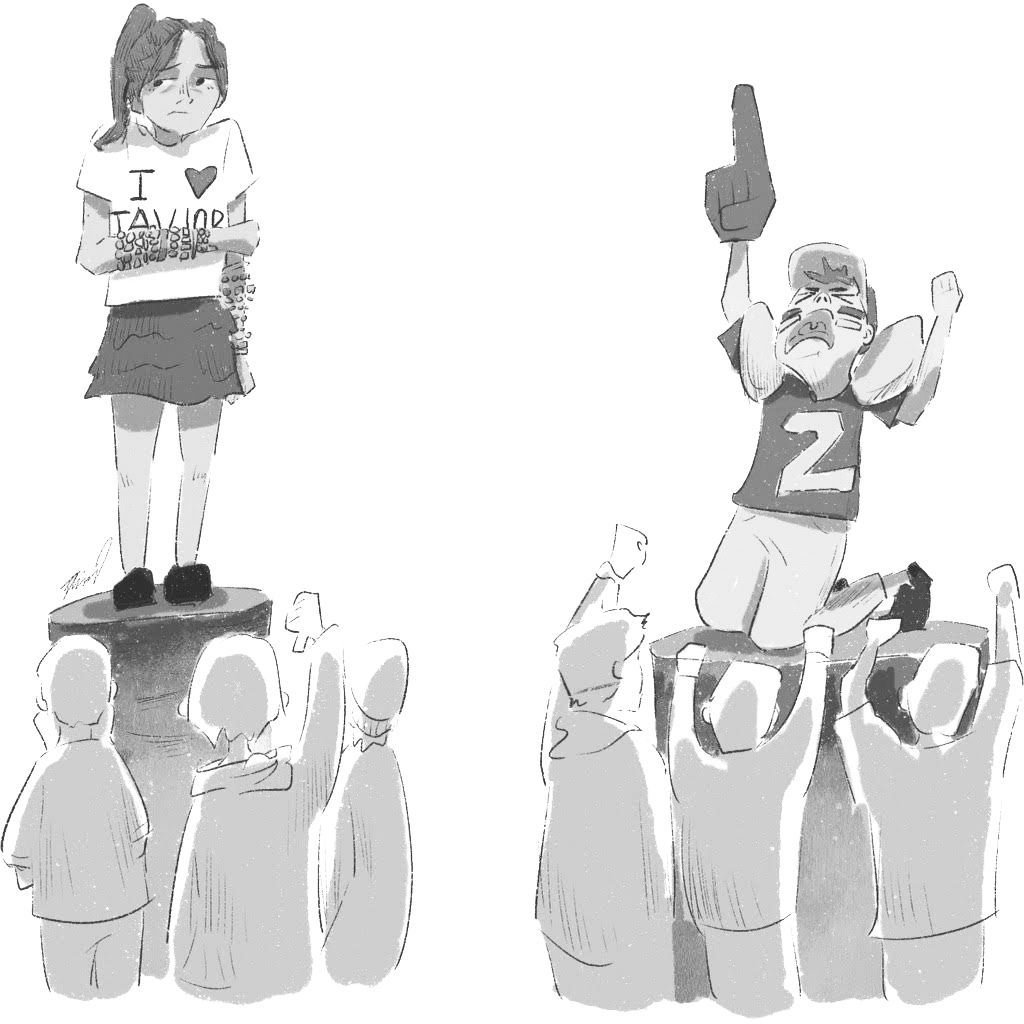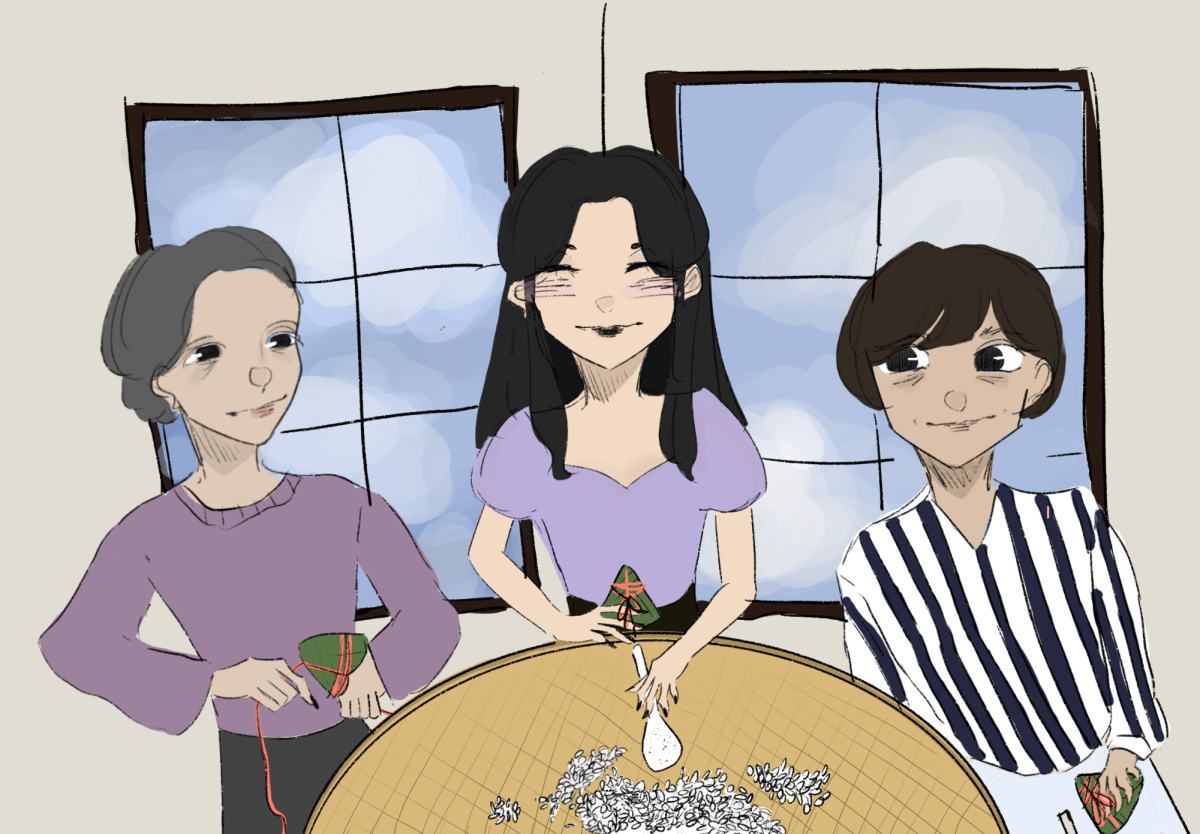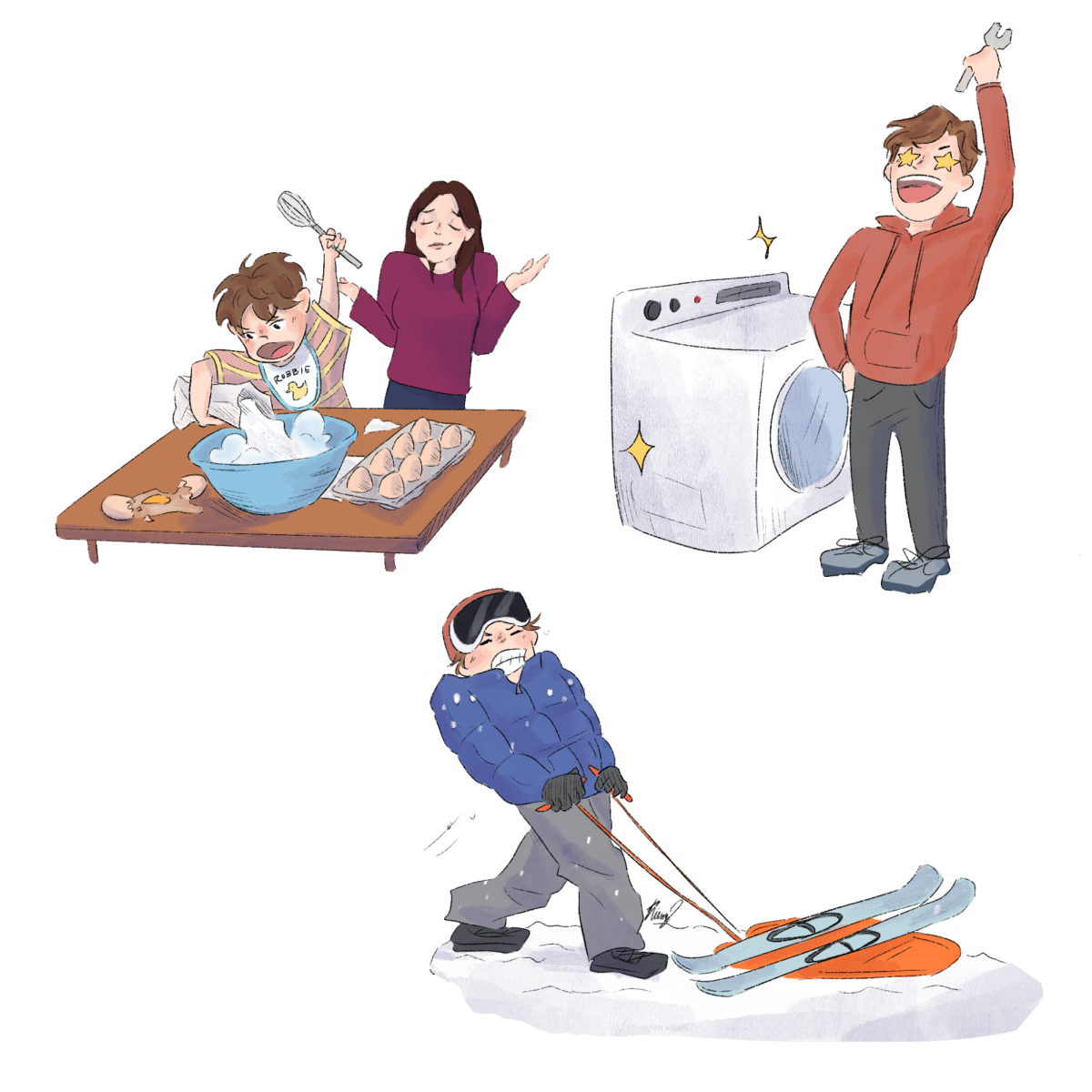With growing access to media such as movies, shows, and music, people read less than they used to. With this growing realization comes the fear that we may ultimately lose our ability to think critically.
Analysis is a largely valuable part of who we are. Not only does it shape how we perceive ourselves, but it also determines how we perceive others and the world around us. By analyzing our surroundings and our situations, we perceive different situations and gauge the consequences. Before, we would turn to a book and immerse ourselves in hundreds of pages of words, translating them to images and information in our mind, creating a story and a character. We are slowly losing that, and this could prove detrimental.
Losing our ability to analyze means we become less and less aware of the events taking place around us, before us, and after us. It reduces our ability to approach problems critically and from different angles. But while we may be slowly losing reading, film viewing has grown stronger.
With the unique ability to blend an array of media to tell a single story, film creates a composition of a story, shots, coloring, editing, and so much more.
With it, the breadth of opportunity for analysis is limitless. With just slight alterations in something as simple as editing and shot changes, the story can be altered and the analysis opens to hundreds of possibilities.
While film may be a more visually focused form of media than books, it necessitates many of the same techniques as literature. Commonly used rhetorical devices such as imagery, symbolism, or irony all reflect themselves through cinematography, with the difference being in how they are approached.
In books such as “The Snow Child,” the author, Eowyn Ivey, often relies on symbolism through the use of animals in the Alaskan wilderness to portray its power and hidden truths. Ivey uses vivid imagery of swans, foxes, and otters to show the depth of power hidden under the exterior beauty of the wild. Done entirely through the composition of words, the novel relies heavily on the rhythm of sentences and the complexity of the description to show its overarching themes.
Film accomplishes a similar thing through a varying form. In Tim Burton’s “Coraline,” the themes of family and finding happiness where you are both manifest themselves from the exaggerated and dramatic cinematography, with things like high angled shots that elongate characters and create an eerie atmosphere or the gradual transformation of color as Coraline loses herself in the “Other World.” Additionally, the film relies on its enigmatic nature, toeing the line between reality and fantasy in every scene and making viewers question the same.
This extensive focus on color and shot angle opens many avenues for analysis. Color is often a very large indicator of emotion, coupled with lighting. Shadows are often used to symbolize secrets or dark history, with light showing the revelation of the truth. Coraline’s extensive focus on this allows for an open interpretation of how the transition of colors shows Coraline’s changes and realizations from the real world and the Other World.
Movies also continue the tradition of both commenting on and critiquing aspects of society.
“The Menu,” released in 2022, shows this regard by examining consumer culture and the frivolous nature of wealth through a horror-satire angle. Chef Slowik, a chef who loses his passion to the elites, is the villain of the story. His manipulation of the elites exposes their gullible natures and speaks to many people like them around the world.
This aspect of film is critical to our understanding and analysis of the world around us, because media and art are where we tend to form our opinions from. Showing this issue in society from a sardonic, slightly cynical perspective, “The Menu” encourages conversation around the topic and sparks analysis of both the film and the issue.
While the need for literature is still critical, it’s important to consider that vital critical thinking skills can be fostered through the analysis of film. With its unique methods of portraying the depth of a single story, film opens up endless opportunities for analysis and diversifies the way we take in media.





